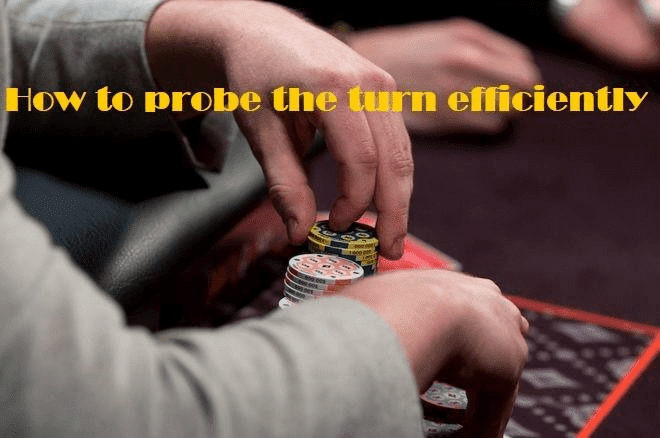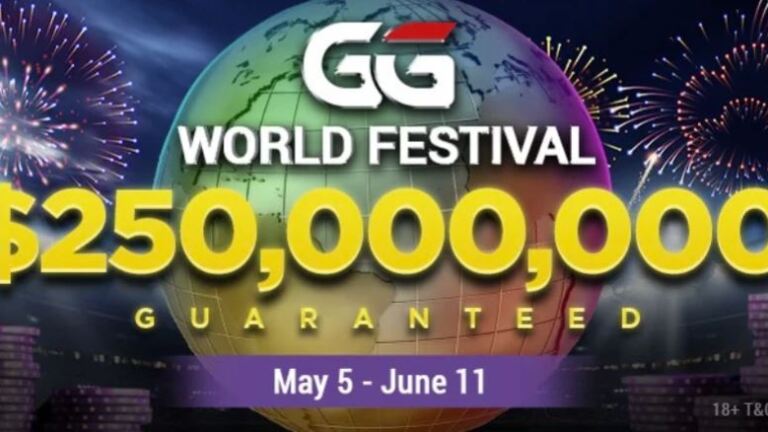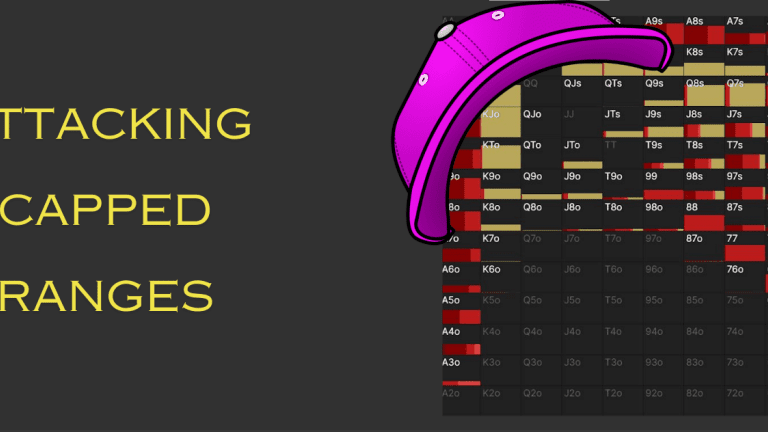
Ranges arriving at the turn
First, we need to establish how we should approach a spot where Villain opened from UTG-BTN, and you called from the Big Blind, then the opener decided to check back on the flop. This usually happens when the flop texture does not favor the opener so much, or she is simply a weaker player struggling to find the right amount of hands to continue firing with.
In either case, we can conclude (especially in a low-stakes environment) that the tendency’s check-back range will lack strong hands. There are unique spots where sometimes it’s necessary to add stronger hands to the check-back range in theory, but in a real-life environment, this could have less merit, or players are unaware of it.
It’s very individual, depending on what exact hands they might check back, how many combos of their non-showdown hands they give up at this point, etc. However, what we do know is that a check-back range mainly consists of mediocre hands (probably with some or decent showdown value), top pairs with a weak kicker, 2nd and 3rd pairs, ace-highs or anything that seemed a better idea to check than invest money into the pot.
How to attack?
So, how do you attack these weak but probably showdown-happy ranges? One way is to probe with various hands, most likely even more expansive than a GTO approach would suggest. First, you must estimate if probing is a higher EV than going for a check-raise against Villain’s delayed c-bets. It depends on the player type, the exact statistics of how they approach delayed c-betting and the turn card itself. For instance, if you face a reasonably aggressive player with a high delayed c-bet stat, but the turn card is just not the one you could expect a lot of betting on, then it’s probably better to probe than trap.
If you want to form a check-raise range, you have to decide which hands perform better that way, and the rest of the hands can go to your probing range. Usually, you want to use a polarized check-raise range, indicating that some of your stronger values will be included there, while medium-strength hands might go to the probing or your check—calling range.
Which opponents are the best to push around? You can go absolutely crazy with both bluffs and value against weak players with a low wtsd stat. Either regulars or recreationals, the easiest targets are the passive players; they will allow you to invest as much as you want into the pot. If you decide to potcontroll, they will let you; if you bet thin, they won’t put you in a tough spot, etc.
The issue of sizing is a bit more complex. Generally speaking, you want to put maximum pressure on mediocre hands when probing. When you bet small or a comfy 2/3 pot, that is exactly what they are expecting to call comfortably. You need to introduce overbets, especially on good turn cards. Does that mean I cannot use a small size? Absolutely not! Just be aware of what a 40% sized probe could achieve: folding out air and hands that your opponent gave up. Therefore, if you assume that your opponent has more mediocre value hands than actual air on a particular texture, you should avoid small sizings. A good example is BTNvBB on Axx and Kxx boards, where BTN easily checks back a wide variety of weak top and 2nd pairs.
Case studies
Let’s examine various textures and reasoning about what type of hands and sizes to use. Hopefully, by the end of this list, you’ll have a more complex understanding of each turn spot, the argument behind betting with certain hand classes, what turn cards help us, and what reasons support betting, even on the worst ones.
We use BTNvBB ranges in a 6-max, 100bb effective environment in all examples.
 K
K  T on
T on  T
T  9
9  5
5  A
A
Here, we have a medium-strength hand, typically not an ideal candidate to start betting with. However, there are pros to betting our hand here. First, we can pot control when we choose the size. Our hand can bet small and enjoy the benefits of it. Of course, we are behind against Ax combos, but we minimized the loss against those hands. We can get value from weaker hands and deny EQ against the rest of Villain’s range. All in all, we can get to the showdown easier. The river play will be more straightforward, and we are battling for a smaller pot.
Second, our opponent is not likely to start to bluff here. If he didn’t bluff on the flop, what hands could he start to bluff here? Sure, there are some candidates, but it’s unlikely that someone will check back a draw or a total air hand to start to bluff them on the river. So, we’ll not make money against that part of their range by checking.
 8
8  5 on
5 on  J
J  6
6  2
2  T
T
Here, the turn card is not ideal for probing as it could help a lot Button. We can only expect a few folds in this runout. However, we can expect a lot of betting (which also elevates the EV of checking our strong hands).
Unfortunately, we have no connection to this board, and it would be pretty challenging to win either by probing or check-raising. Sometimes, when considering all factors and the majority is unfavorable, you just have to move on to the next hand. (Or reconsider bluffing on the river if the turn goes check-check.)
It’s a great spot to check-raise tough, so you could argue about what hands would make the threshold for it. With no specific information, an AJ is probably a good candidate, while weaker Jx-s perform better by probing.
 K
K  5 on
5 on T
T  8
8  7
7  A
A
The following hand is an example of non-showdown draws. Usually, hands from this class don’t have enough EQ to raise, or simply the turn card is not ideal to do so. If you want to argue about check-calling, the issue is that we’ll always end up in tough spots. You might have enough EQ to check-call, but you’ll lose every time you don’t hit your hand. Either because you are bluffed off your hand on the river or simply because you can’t win at a showdown with high cards, even against give-up hands. That’s why we almost always probe this hand class.
 T
T  T on
T on  8
8  6
6  4
4  5
5
This board is an excellent example of when you should size down. The runout puts a ton of draws out there, but it’s mostly a way ahead/way behind situation. Villain’s range is most likely weak (at least in terms of relative hand strength); our valuebets are thin, so the indicated size is to go small.
Usually, when EQs can change drastically on later streets, even your strong hands are not so incentivized to invest a lot of money into the pot. Hence, your entire range should follow the pattern. This is especially true when you are out of position and have less control over the pot.
 5
5  4 on
4 on  A
A  7
7  2
2  K
K
Last, let’s talk about what hands to use as a bluff. In our example, Villains won’t check back enough flush draws so we can attack this spot. It’s crucial to read spots where opponents cap their ranges and attack them accordingly.
So, we would like hands with some EQ, but don’t block obvious autofolds. Or hands that block Villain’s best candidates to continue. In this instance, top pairs with a medium kicker. So a hand like QhJc is a prime hand to probe, blocking possible flushes (if Villain is capable of checking draws on the flop), blocking strong top pairs as AJ and AQ, and we have very limited showdown value with Q-high anyway. From the lower end, our actual hand is also a great candidate to probe. It probably blocks hands that would fold anyway, but a massive chunk in Villain’s range would beat us one way or another. If we get called, we’ll still have the chance to improve or continue bluffing our hand.
Summary
As you can see, turn probe situations are very profitable because the in-position player almost always caps her range. In a real game environment, this is even truer than in theory. Our goal is to attack these capped ranges and weak opponents. Sometimes, we can achieve a lot just by betting small, but the majority of the time, you need to use polarized sizes (overbets). You need to evaluate how the turn card changes the dynamics and if an all-probe or a mixed probe and check-raise strategy is implemented in the hand. Hopefully, our case studies will help you orient yourself on which way to go!
Good luck at figuring out probing at the tables!





















